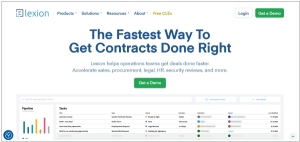Microsoft Hyper-V vs Red Hat Virtualization
July 25, 2023 | Author: Michael Stromann
10
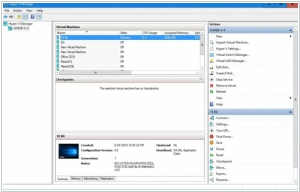
Microsoft Hyper-V provides enterprise-class virtualization for your datacenter and hybrid cloud. Bolster IT efficiency and flexibility with the faster application deployment and maintenance that Microsoft virtualization solutions deliver. Reduce costs by consolidating more workloads on fewer servers and increase agility using the same virtualization platform on-premises and in the cloud.
7
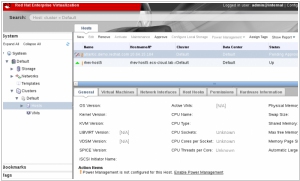
Red Hat Virtualization is an open, software-defined platform that virtualizes Linux and Microsoft Windows workloads. Built on Red Hat Enterprise Linux and the Kernel-based Virtual Machine (KVM), it features management tools that virtualize resources, processes, and applications—giving you a stable foundation for a cloud-native and containerized future.
Microsoft Hyper-V and Red Hat Virtualization are two prominent virtualization platforms, each offering distinct features and integration options. Microsoft Hyper-V is a hypervisor-based virtualization solution that comes integrated with Windows Server. It provides features like live migration, failover clustering, and support for various operating systems, making it an ideal choice for organizations running Windows-centric environments. Hyper-V is widely used in enterprises due to its seamless integration with Microsoft technologies and its ability to run both Windows and Linux virtual machines. On the other hand, Red Hat Virtualization (RHV) is built on KVM (Kernel-based Virtual Machine) and offers a cost-effective, open-source virtualization platform primarily focused on Linux environments. RHV provides features like live migration, high availability, and centralized management through the Red Hat Virtualization Manager. It is well-suited for organizations seeking an open-source and flexible virtualization solution with strong Linux integration.
See also: Top 10 Virtualization platforms
See also: Top 10 Virtualization platforms
Microsoft Hyper-V vs Red Hat Virtualization in our news:
2020. Microsoft makes it easier to get started with Windows Virtual Desktops
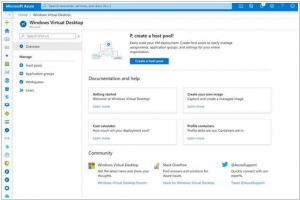
Windows Virtual Desktop, Microsoft's service designed to provide employees with access to a virtualized desktop environment on Azure, has introduced a new and improved management experience to simplify administrative tasks. This update aims to streamline the initial setup process for administrators, making it more convenient to get started with the service. Alongside enhancing the management experience, Microsoft is introducing a new capability that enables the use of Microsoft Teams for video meetings within these virtual desktop environments. This functionality, known as 'A/V redirection,' allows users to seamlessly connect their local audio and video hardware to virtual machines with minimal latency. It is important to note that this feature will be gradually rolled out over the next month or so.
2011. Microsoft Hyper-V vs VMware: video
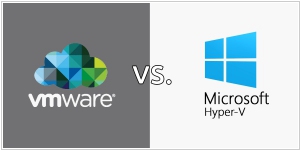
In recent times, Microsoft's marketing team has been known for creating humorous videos targeting their competitors. One such video has emerged, focusing on GMail, and now they have released another video targeting VMWare, their main competitor in the virtualization market. The video showcases Tad, a salesman at VMLimited, a company seemingly stuck in the IT past. Tad attends business meetings with clients in his cool minivan, attempting to sell them his "limited" virtualization system while other companies are already offering private clouds. This represents modern IT humor, where Tad claims to be selling a cloud, but in reality, he is offering nothing more than virtualization. One can only imagine the reaction of Larry Ellison if he were to hear this, as it might make his hair stand on end.



